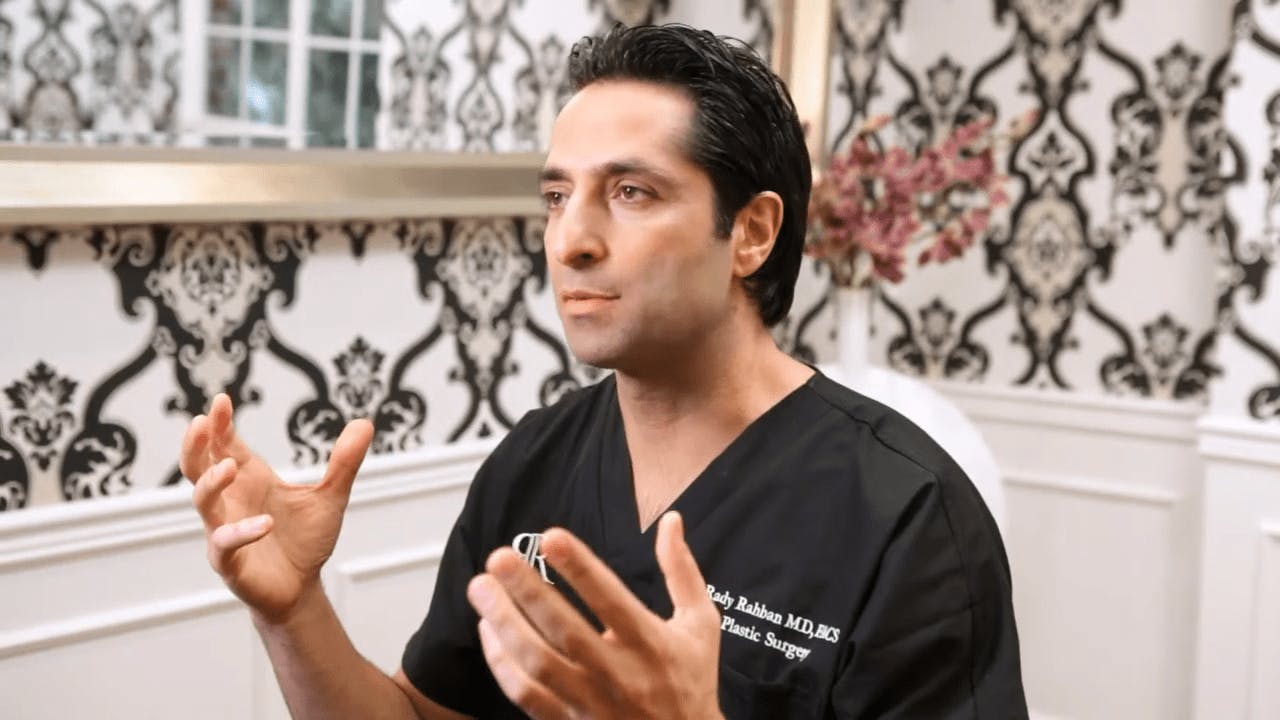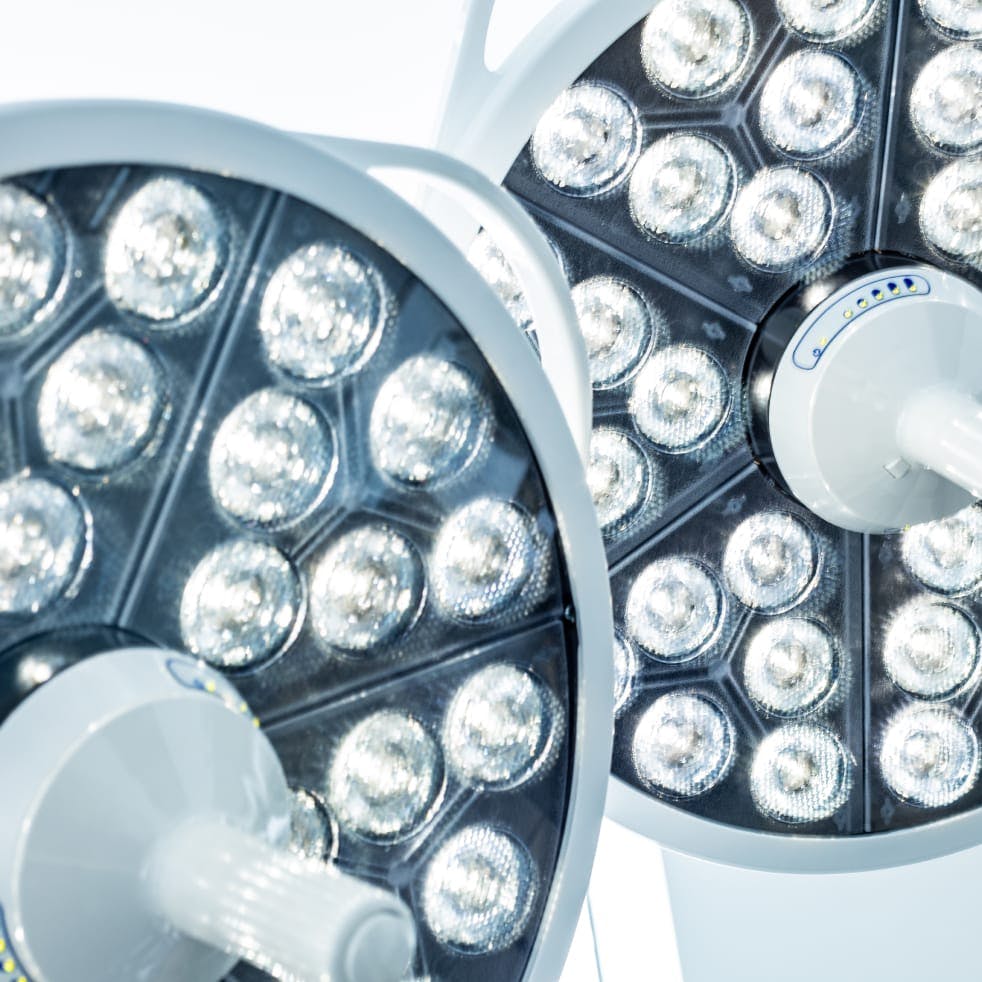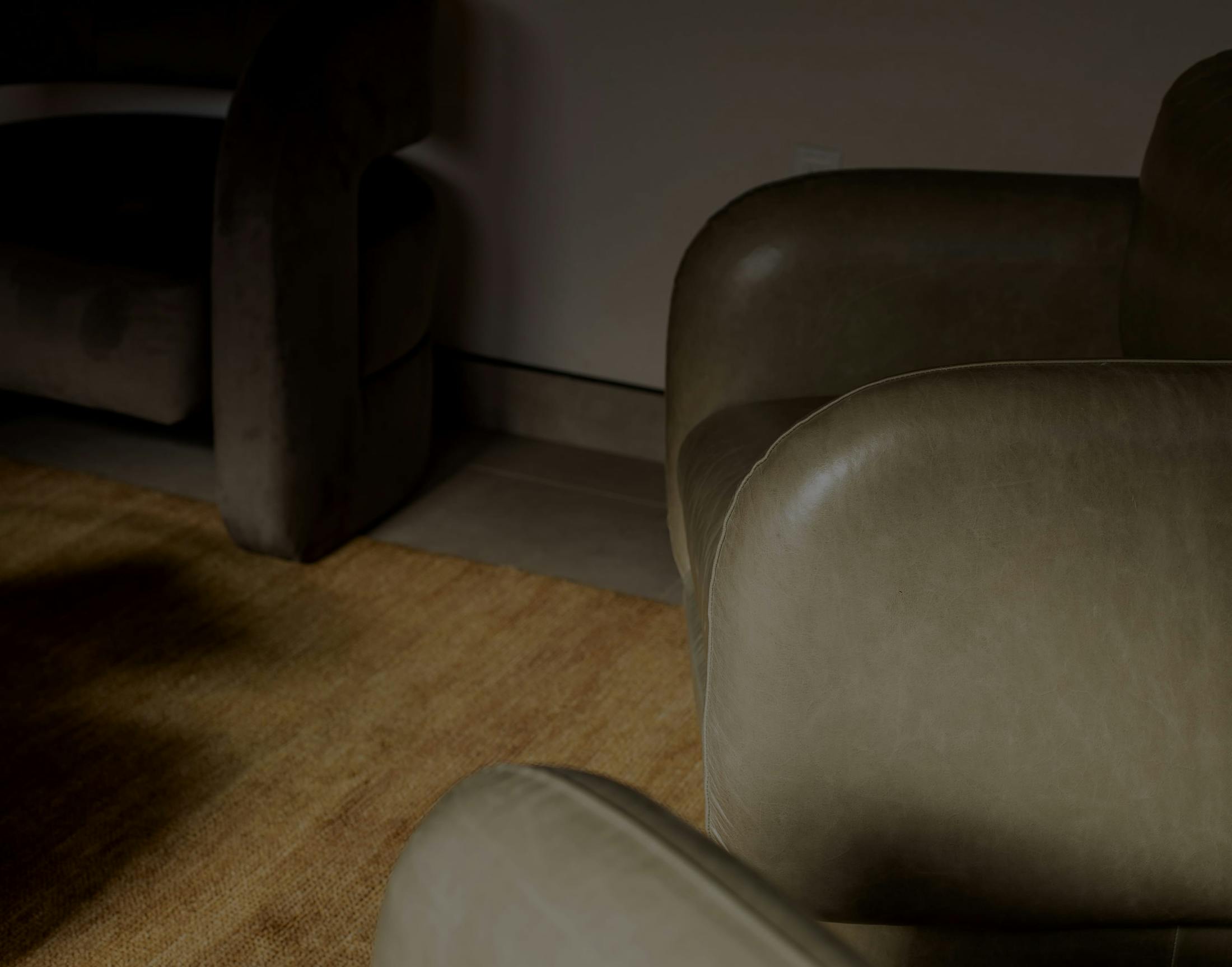Your face is undoubtedly one of your most valuable assets. As such, before undergoing a procedure designed to enhance this critical feature, it’s important to be aware of the potential risks and complications, so you can be sure your surgeon is taking the necessary steps to protect you. With that said, this page outlines the most common facelift complications that can develop, along with how Dr. Rahban prevents them.
Unsatisfactory results
After undergoing a facelift, patients want to emerge looking naturally radiant and youthful. Unfortunately, that’s not always the outcome. When the procedure is performed poorly, you may have an appearance that you don’t love. For example, you may have a pulled back or windswept feature, or the surgeon may have left some telltale signs of aging, such as sagging neck skin or heavy jowls.
To ensure that you’re thrilled with the way you look after surgery, Dr. Rahban will spend a great deal of time preparing for your facelift. He’ll talk to you about your ideal appearance, and gain a deep understanding of the face you’d like to see in the mirror each morning. More importantly, he will be honest with you and explain to you the limitations of your anatomy and the realistic expected outcomes. During surgery, he’ll apply his signature conservative approach, precisely removing excess skin and tightening lax muscles so you look naturally more youthful – never overdone.


















